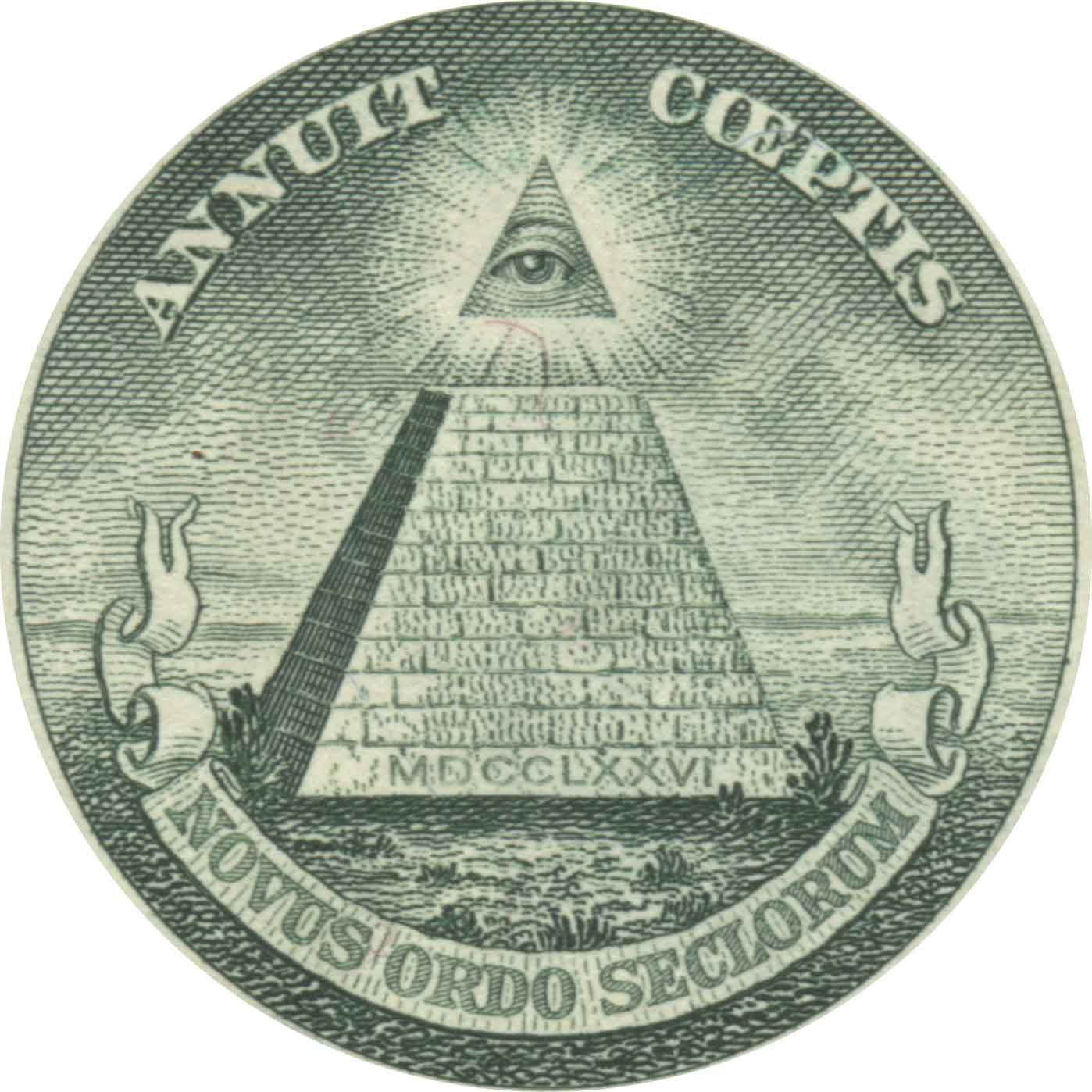The Coming Fall of The Almighty Dollar-Part 1
What is money? It's simply something we trade for goods and services right? A store of value, a unit of account etc. For a layman's definition, money is something we can reliably trade for goods and services. Something we have no issue getting people to accept in exchange for their products. To the individual, it makes little difference whether they are trading pieces of paper with presidents on them, gold coins, seashells, or cigarettes. So long as the object being exchanged has a reliable value and is readily accepted, it doesn't matter. And why should it? Few people trade money for its intrinsic value. Money is simply a way to acquire the things we need and want. Because of this, we have allowed the scam of central banking to replace sound money.
For most of human history, until the early-mid 20th century, money had value of its own. From trading commodities like wheat and rice, to the eventual rise of gold and silver as money, money was intrinsically valuable due to its scarcity, usefulness, or both. And the standard came to be that most sound money was based on a gold standard. I.e. money printed by a government was backed by a certain weight in gold and could be exchanged on demand. Gold is rare, difficult to produce and has all of the useful properties of money. This allowed people to be fairly certain of the value of their money. And it kept governments constrained in the amount of money they could print.
I don't intend to detail the history of central banking or the gold standard. This information is readily available and beyond the scope of this post. Suffice it to say that central banking, the monopolization of the money supply in the hands of a government entity, coincided with the weakening of the gold standard in the first half of the twentieth century. Central banking gives a government entity (like the US Federal Reserve, or the European Central Bank) the ability to create currency out of thin air through a variety of monetary policy instruments.
I will touch on one piece of history that is relevant to this post. The final blow to the gold standard was dealt in the 1970s with the collapse of the Bretton Woods system. At the end of World War 2, the United States was left as the sole unscathed superpower with a position of unquestioned economic dominance. This left them in a position to shape the new financial order. And shape it they did. The Bretton Woods system was the dominant financial system in the two and a half decades following World War 2. Essentially, the United States dollar would remain backed by gold, with other currencies being convertible into the US dollar at a fixed rate. This would, in effect, create a global gold standard. And this allowed the US dollar to become the global reserve currency, a position it still occupies today. This would also lead to the US abusing its position as the financial leader and dealing the final blow to the gold standard.
Stay tuned for part two where I will detail the end of the gold standard and the consequences for the global financial system. And part three where I will describe how central banking and the inflation of the dollar will lead to its inevitable collapse.